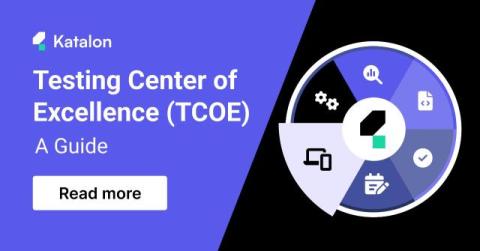SwiftUI Sheet Explained: Modal Views for iOS Apps
In this article we’ll learn about Sheets in SwiftUI. We will explain when, and how, to use them, we’ll explain how they’re created and shown. We’ll also look at a few examples of their usage. Let’s get started!











